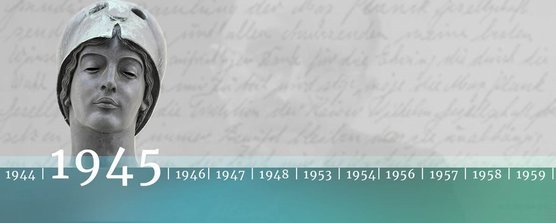MPG President Otto Hahn’s trip to Israel heralded the start of a new chapter of political and scientific cooperation in 1959. The aim of the trip was not just scientific networking, but also the normalization of the relationship between Germany and Israel. In the process, which was initiated by Israeli Prime Minister David Ben Gurion and German Federal Chancellor Konrad Adenauer, science was to contribute to healing the wounds left by the Shoah (holocaust). Josef Cohn, who had emigrated from Germany in 1933 and who played a crucial role as a mediator and scientific organizer for Israel, was committed to the cooperation.
Upon receiving an invitation from the Weizmann Institute, a publicly funded institution for basic research like the MPG, Hahn set out on the trip accompanied by a number of outstanding scientists. Hahn’s son Harro, an art historian from the Bibliotheca Hertziana, represented the human sciences in the Max Planck Society; Wolfgang Gentner, Director at the MPI for Nuclear Physics, and biochemist Feodor Lynen from the MPI for Cellular Chemistry represented the two natural sciences Sections.
During the ten-day trip, the delegation visited the Weizmann Institute and other scientific institutions in order to explore the possibilities for cooperation. Hahn later said of the trip that a certain awkwardness among the German guests was soon dispelled by a very “warm and friendly atmosphere”. The successful trip marked the start of an active exchange of scientists between the two nations: as early as 1961, the first German scientist, Lorenz Krüger, was able to go to the Weizmann Institute for an extended research residency.
more

